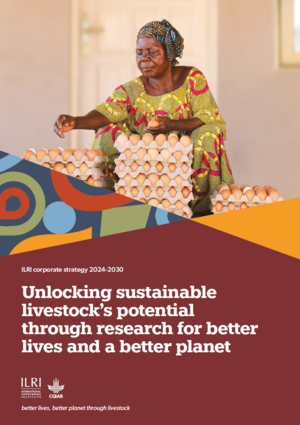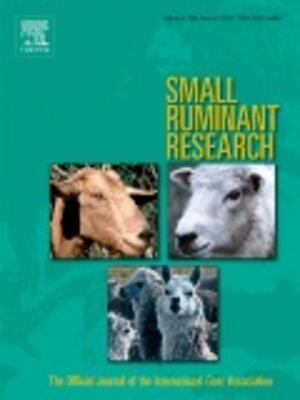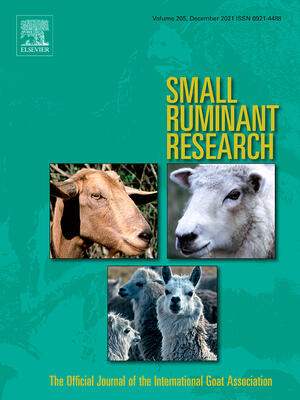
Comparison of methodologies for estimating enteric methane emission factors from sheep in smallholder systems in Africa: A case study from Ethiopia
Abstract
In Ethiopia, enteric methane emissions from sheep contribute around 7 % to the national greenhouse gas (GHG) budget. This study examined the gross energy intake (GEI) and enteric methane emission factors (EFs) of sheep in smallholder systems in North Shewa, Ethiopia, using locally derived data via household surveys. The surveys encompassed two agroecological zones (AEZs) and analyzed various sheep classes across seasons. The study followed the Commonwealth Scientific Industrial Research Organization (CSIRO) Tier 2 methodology, which had previously been used in Kenya, and compared the results with those derived from the 2019 Refinement to the 2006 IPCC Guidelines for National Greenhouse Gas Inventories (IPCC Tier 2) methodology. The EFs from the two Tier 2 methodologies were compared with IPCC default Tier 1 EF. The ranges of GEI and EF estimated for the different sheep classes showed similarity with larger variations observed for IPCC Tier 2 estimates. The estimated GEI for the various sheep classes ranged from 11.1 to 13.8 MJ day−1 (‘CSIRO’ Tier 2) and 10.2–14.7 MJ day−1 (IPCC Tier 2). The estimated EFs ranged from 4.8 to 5.9 kg CH4 animal−1 year−1 (‘CSIRO’ Tier 2) and 4.5–6.5 kg CH4 animal−1 year−1 (IPCC Tier 2). The flock-level EF was computed by aggregating the EFs of the different sheep categories. The flock level EF estimated by the IPCC Tier 2 (6.0 ± 0.1 kg CH4 animal−1 year−1) was significantly higher compared to both the 'CSIRO' Tier 2 and IPCC Tier 1 methods. Based on the findings, we can say that variations in EF values emphasize the significance of taking different Tier 2 approaches into account when evaluating and comparing CH4 emissions estimates in smallholder sheep farming systems. However, there is a need for further investigations to compare the two Tier 2 methodologies against actual intake and emission measurements to decide which methodology is better.
Citation
Gurmu, E.B., Ndung’u, P.W., Wilkes, A., Getahun, D., Graham, M.W., Leitner, S.M., Marquardt, S., Mulat, D.G., Merbold, L., Worku, T., Gakige, J.K., Tadesse, D., Bekele, M. and Arndt, C. 2024. Comparison of methodologies for estimating enteric methane emission factors from sheep in smallholder systems in Africa: A case study from Ethiopia. Small Ruminant Research 240:107362.









